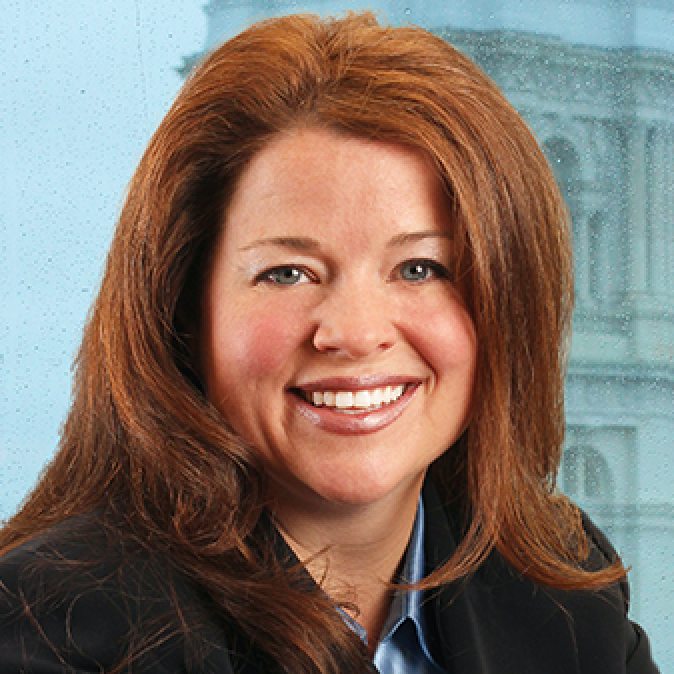
In the senior living space, resident falls are one of the top risks a care and service team faces on a daily basis. Although falls certainly can range in terms of severity, a recent JAMA report found that the absolute number of fall-related deaths for seniors aged 75 or more years increased from 8,613 in 2000 to 25,189 in 2016 — a 192% increase.
This dramatic rise in fatal falls is nothing short of alarming and in large part may be due to the general increase in age expectancy. The good news, however, is that there are preventive measures that caregivers and leaders at senior living and care organizations can, and should, be aware of, particularly for those most at risk of falls.
Identify unique risk factors
The first step is to identify each resident’s unique risk factors. In addition to age, mobility and medication, risk factors that make residents more vulnerable to falls include chronic conditions such as unsteady gait and Parkinson’s disease, and behavioral risks such as impatience or forgetfulness. Further, residents often may have multiple risk factors at once, compounding the challenge of preventing falls.
Although assessing each risk may seem cumbersome, doing so is necessary to determine the best approach and to understand which risks can be eliminated and which can only be mitigated. At this time, a standardized assessment measuring the resident’s balance and ability to stand up quickly, as well as an environmental evaluation of potential hazards, are recommended.
Encourage daily exercise for some
When a resident’s risk of falling is due to decreased physical functioning, getting exercise at least twice a day is the single most important intervention. This allows residents to reengage muscle memory, improve stamina and maintain healthy bones and joints. Walking, a recumbent bike and wheelchair exercises all are excellent options to drive active range of motion, depending on ability level.
More recently, we’ve seen use of incumbent bikes with a monitor connected to Google Maps. The monitor adds a nice touch that enables residents the opportunity to feel as if they are cruising through their old neighborhoods — a sentiment that benefits both the mind and the body.
Getting a restful sleep also is key to decreasing agitation and impulsiveness that may result in a fall.
Keep restlessness at bay
Residents experiencing cognitive impairment also create a unique challenge for caregivers, as they may forget that they are unable to stand and walk safely, so attempt to do so and then fall. Although exercise is key for these folks as well, what’s even more important is providing them with something to do when they may feel restless or are tired and therefore more likely to fall.
Get creative here. We’ve seen success with approaches such as setting up a spa day, giving manicures and pedicures, and using heated neck pillows or seats to discourage residents from wanting to get up. More straightforward activities include organizing a movie night, book reading or e-readers, sewing, snack-building tasks or other activities done in small groups. Large activity rooms can be overwhelming for residents and lead to agitation, so smaller groups are preferred.
Automate processes where possible
In addition, given that those with cognitive impairment may forget proper sequences when performing regular tasks, automating these processes, where possible, can help prevent falls. A good example is installing a motion sensor light that activates when the resident enters the bathroom, to avoid unnecessary darkness.
Personalize approaches
It’s worth noting that each resident requires a personalized approach to risk mitigation, and there is no such thing as a “quick fix” solution. Risk mitigation requires trial and error, and we’ve found that being creative about providing access to meaningful activity can be successful.
When using creative techniques, it’s a good idea to have a resident’s interdisciplinary care team evaluate the approach to ensure that it is appropriate. While testing each mitigation strategy, the care team must review the likely effectiveness and then carefully document it into practice. We suggest taking careful notes that indicate which interventions would not work for a resident and which should be tried, always including the thought process behind the decisions. Then, record whether the strategies were effective and will be continued or whether they were not effective and, therefore, will be discontinued.
It is necessary to try various tactics, and the documentation should tell the complete story of the caregiver’s efforts in order to avoid further risk to the organization. We also recommend that leaders at senior living and care organizations consult their insurance brokers that specializes in risk mitigation, because they can help create effective fall prevention strategies.


